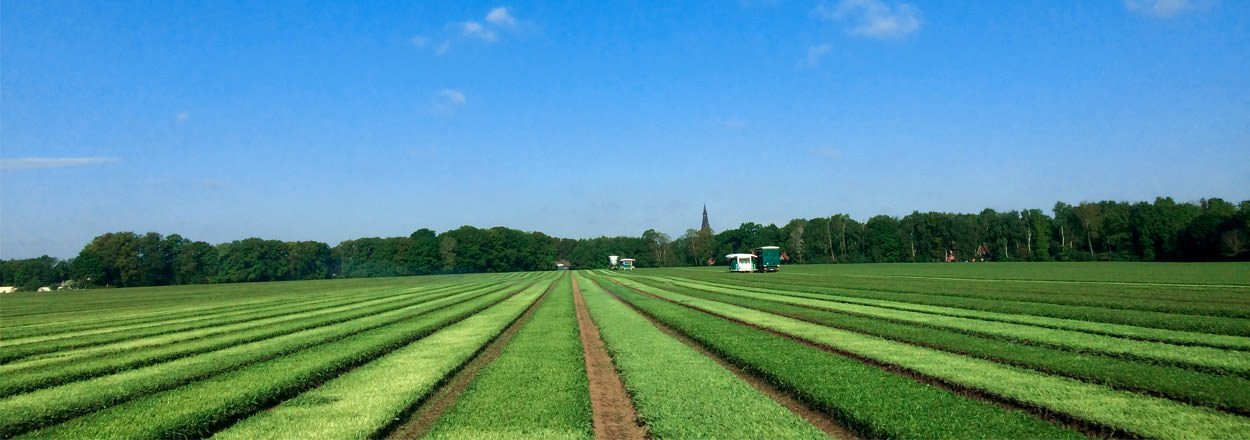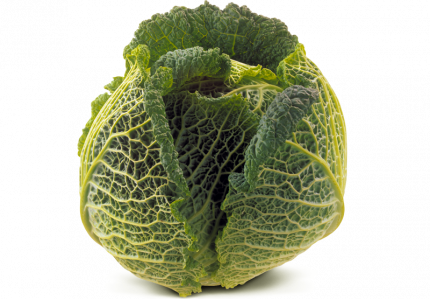Growing
Savoy cabbage is a type of head cabbage and grows in a very similar way to white cabbage. Its leaves are dark or yellowish green and slightly blistered. Its head is round and slightly flattened, and not as hard as red or white cabbage. Savoy cabbage needs spacing of at least 30 cm in order to grow – otherwise the head will remain small because there is not enough space or water. If it is harvested too late, the head begins to burst.
Nutrients
Savoy cabbage contains relatively high levels of vitamin C (ascorbic acid) and vitamin B6 (pyridoxine), as well as vitamin K and vitamin E (tocopherol). When it comes to phytochemicals, savoy cabbage contains glucosinolates, which give it its characteristic taste.
Preparation
The dry outer leaves are cut off and the head is washed before further preparation. It is then halved or quartered and the (white) stalk is removed.
Storage/preservation
Savoy cabbage can be stored in the fridge for two weeks. Individual heads should not touch one another. Leave the outer leaves on the cabbage if they do not have any rotten parts – they protect the head against drying out.

